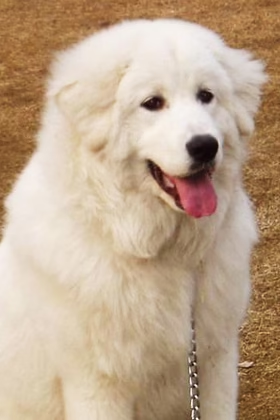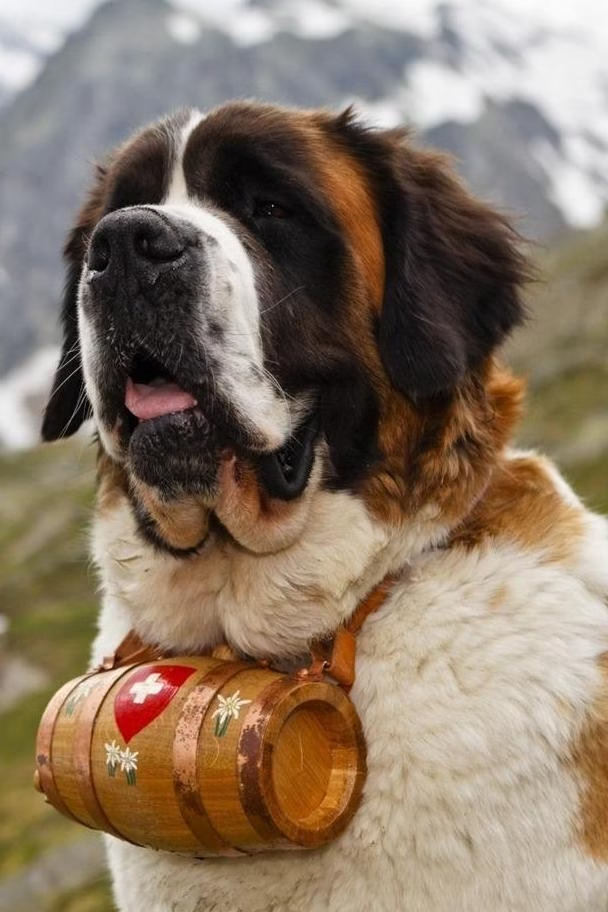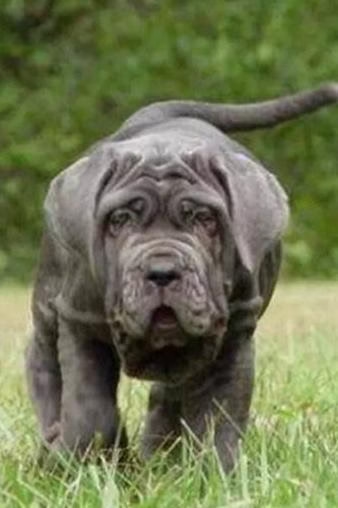Great Pyrenees (Pyrenean Mountain Dog)

Great Pyrenees
Pyrenean Mountain Dog
Basic Information
- Category: Pet Dog
- Origin: France
- Body Type: Giant
- Height: 65-81cm
- Hair Length: Long-haired
- Lifespan: 9-12 years
Ratings
| Trainability | ⭐️⭐️⭐️⭐️ |
| Affection Level | ⭐️⭐️⭐️ |
| Barking Level | ⭐️⭐️⭐️ |
| Shedding Level | ⭐️⭐️⭐️⭐️ |
Breed Introduction
The Great Pyrenees is one of the most powerful dog breeds today, this noble breed has a “proud warrior-like personality.” During past breeding processes, this personality has been consciously diminished in many ways, while maintaining its patience, nobility, and courage. However, if its territory is violated, it will still enter a state of defense. Due to its large size, it is not suitable for city living without ample space and room.
On the European continent, the Great Pyrenees is referred to as the Pyrenean Mountain Dog, having worked alongside humans for centuries, unmatched by any other breed. In the alpine regions’ grasslands, the Great Pyrenees possesses characteristics of loyalty, protective instinct, and understanding of human intent. Long before many animals were domesticated, the Great Pyrenees had already become the official shepherd dog, often employed to drive away bears or wild wolves that attacked sheep.
The Great Pyrenees is confident, affectionate, incredibly brave, and loyal to its owner, remaining calm in protecting family and livestock. This breed has flourished in the Pyrenees mountains between France and Spain. It is a beautiful and extremely intelligent dog, historically serving as a watch sentinel for fortresses, protecting flocks from predators for days at a time. Due to admiration for its working abilities and beautiful appearance, the breed has been bred and raised as a purebred for centuries, even being the official guard dog at the court of France’s Louis XVI.
In the 1930s, the Great Pyrenees crossed the Atlantic to America, and since then, this excellent breed has become increasingly popular, whether as a working dog or a pet. The Great Pyrenees leaves an impression of elegance and beauty, combining a large frame and regal demeanor. Intelligent and gentle, it carries a kingly air, always appearing solid and coordinated, clearly reflecting the purpose of breeding this breed: to guard flocks on the steep slopes of the Pyrenees under various climatic conditions.
The Great Pyrenees has a history of working for humans spanning 40 centuries, unmatched by any other breed. In the UK and on the European continent, the Great Pyrenees is called the Pyrenean Mountain Dog, working alongside modern shepherds in the Pyrenees. Fossils of the Great Pyrenees have been found dating back to the Bronze Age, allowing us to roughly infer that this breed appeared in Europe between 1800 to 1000 BC. Some believe that the Great Pyrenees originated from Central Asia or Siberia and migrated to Europe with the Aryans. Another widely accepted hypothesis is that the Great Pyrenees is a descendant of the Bullmastiff, which has been discovered in the oldest layers along the Baltic and North Sea coasts, evidencing its domestication as a pet. It appears in Babylonian art around 3000 BC, having structural and appearance traits similar to the Great Pyrenees. In Europe, the Great Pyrenees has consistently lived in the mountains until the Middle Ages. In Carcassonne, a relief portraying the Great Pyrenees as a royal guardian dog was discovered, indicating traces of it as a court dog approximately 500 years before the 17th century.
The Great Pyrenees began to be used as a court guardian in the 17th century. As early as 1407, historian Bourdet described feudal lords keeping the Great Pyrenees as guard dogs, working alongside the guards at castles. The Great Pyrenees was also on duty with guards in prisons. In 1675, the French Crown Prince visited Baranreid accompanied by the Duke de Montaigne, and while there, he became very fond of the Pyrenean shepherd dog, bringing it back to the Louvre. A marquis named Rufus also appreciated this breed, and thereafter, the Great Pyrenees became a favored pet among the nobility. Every noble wanted to own one, leading to considerable fame for the Great Pyrenees.
In the grasslands of alpine regions, the Great Pyrenees has developed characteristics of loyalty, guarding abilities, and understanding human intent, having already served as the official shepherd when many animals remained untrained. With a keen sense of smell and sight, they are excellent shepherds. Covered with thick long hair (except on the chin and head), other parts of their body find it hard to be attacked. Furthermore, the owners give them iron collars with protruding iron studs of 2.5 cm long, enhancing the Great Pyrenees’ courage against attacks. Notably among wolf and bear hunting, the Great Pyrenees has become a famed wolf hunter and bear dog.
For fishermen in Newfoundland and the Bay of Biscay, no other dog is better suited to be their protector and companion than the Great Pyrenees. In 1662, when fishermen settled in Nogo Nost, the Great Pyrenees became their good companion. Here, they crossed the Great Pyrenees with black English hunting dogs brought by British settlers, resulting in the Newfoundland breed’s ancestry. The old Lancelot dog has a black and white coat, different from the black Newfoundland, which has more patches and hybrid breed traits (though they are quite similar overall).
As the number of wild Great Pyrenees in the Pyrenees declined, this breed faced the edge of extinction. Moreover, dog breeders on the mainland continued to seek out this dog breed, leading to significant numbers of Great Pyrenees being exported from France. However, due to efforts by some athletes and the farmers’ need for the Great Pyrenees as working dogs on winter farms, the numbers of this breed have been maintained. The breed re-emerged in its habitat. Apart from helping to pull carts, the Great Pyrenees generally stays outdoors, not inside homes.
It wasn’t until 1933 that the American Kennel Club officially recognized the Great Pyrenees, bringing this breed into the awareness of many. The first pair of Great Pyrenees brought to America was in 1824 by Lafayette to his friend Skinner. Lafayette noted in his book, “Dogs and Athletes,” that Skinner remarked how useful the Great Pyrenees was for wool-producing farmers in areas frequently invaded by wolves and wild dogs attacking sheep. Subsequently, several more Great Pyrenees were imported into America, until in 1933, they officially landed in the US. Each year, the breed consistently ranks among the top in registration with the American Kennel Club.






